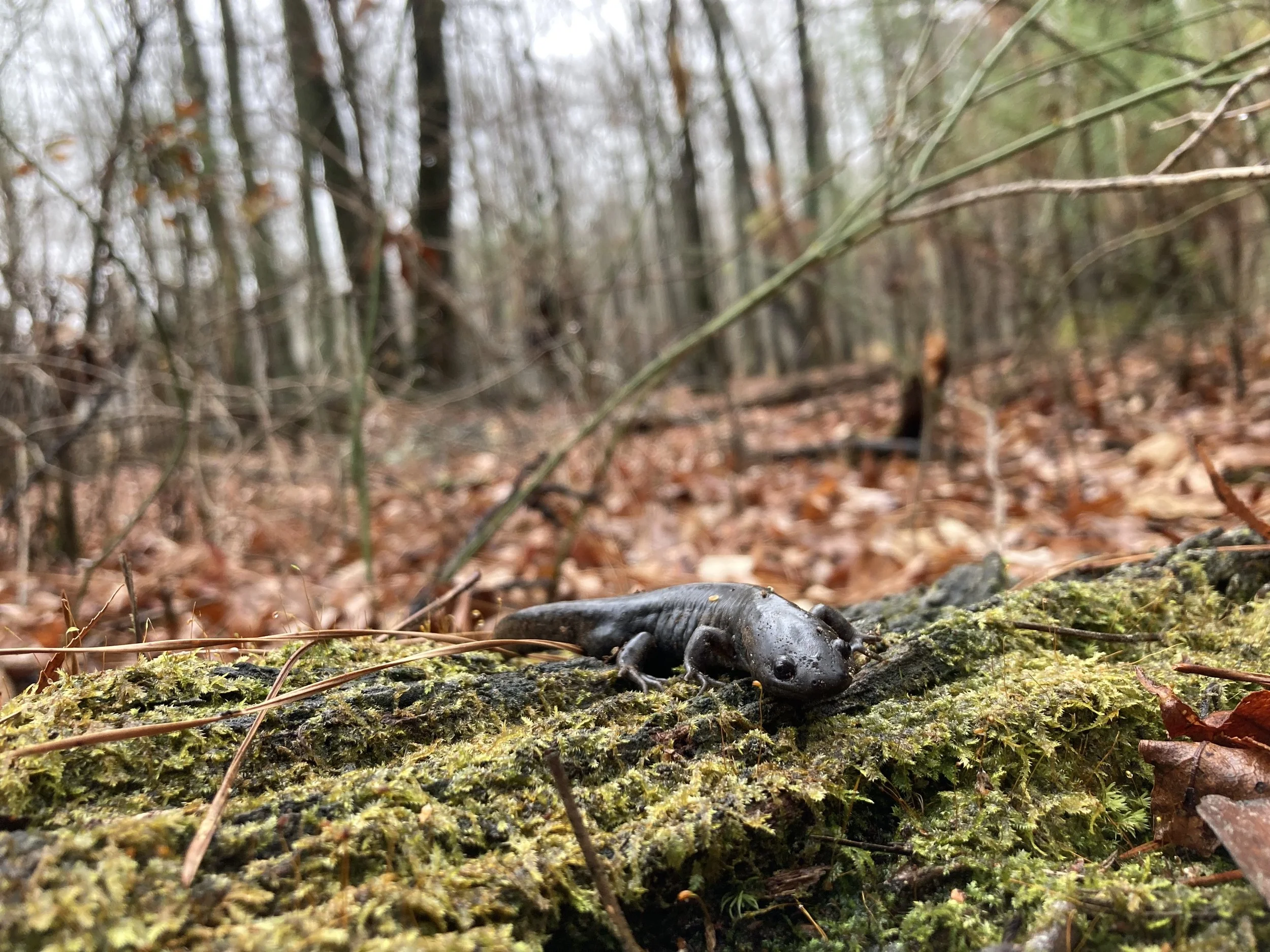Conservation and Management of Freshwater Vertebrates
Our lab is heavily involved in conservation and management of imperiled amphibians. Currently, most of our efforts are focused on the gopher frog, eastern tiger salamanders and ornate chorus frogs among others. We are just now starting a new project on Chamberlain’s dwarf salamanders with Dr. Todd Pierson at Kennesaw State University. In addition, we investigate amphibian diseases, especially ranavirus, and its potential impacts on amphibian populations. Below we describe some of the methods are are using in this work.
Frog Loggers
Sometimes we can’t survey all the wetlands we would like to because of restrictions due to time, money, and personnel. However, it is still important to know if there are Gopher Frogs present. One way to get around this problem is to deploy automated acoustic recorders (AARs). These devices can record sound at programable intervals for when we suspect Gopher Frogs are mostly likely to call. These AARs, or “Frog Loggers”, are periodically checked to be sure that they do not run out of batteries or memory on SD cards. Using computer programs, we are able to create spectrograms (visual representations of volume and frequencies) out of the audio files. Using these, we visually and auditorily determine what species is calling, giving us valuable information about Gopher Frog populations and breeding events.
Spring Peeper call (top) and Gopher Frog call (red rectangle).
Gopher frog headstarting
A large component of our research involves Gopher Frog headstarting. Headstarting is a species recovery tool where eggs are taken from the wild, raised in a protected environment to a juvenile or adult stage, then released back into the wild. It has become a common practice in response to declines across the Southeast. Despite increased efforts, headstarting is still a work in progress, as survival of headstarted Gopher Frogs is very low after they are released back into the wild. We study ways to improve headstarting strategies and post-release survival of Gopher Frogs. We do this by manipulating both larval and juvenile environments during headstarting. We are interested in asking questions about Gopher Frog management, behavior, health, and physiology. We partner with multiple organizations including the Longleaf Alliance, US Fish & Wildlife Service, SC Department of Natural Resources, US Forest Service, National Fish & Wildlife Foundation, NC Fish and Wildlife Conservation Commission, Florida Fish and Wildlife Conservation Commission and GA DNR.
A Gopher Frog being released to its natal wetland.
Environmental DNA
Gopher Frogs are considered a cryptic species, spending much of their time below the surface of the soil in animal burrows and stump holes. The adults only go to the wetlands to breed and then the tadpoles are there for a few months. This can make them difficult to detect through traditional methods. Environmental DNA (eDNA) has been increasingly used to study the distribution of aquatic and semi-aquatic animals. Gopher Frog reproduction is tied to heavy rainfall events in the winter and spring that fill up the ephemeral water bodies that they utilize. During reproduction, Gopher Frogs (and any animal) slough off DNA into the water body from shed skin, mucus, gametes, and waste. eDNA assays attempt to capture this DNA from adults or tadpoles through filtration, and then amplification with PCR. Using species-specific primers, we can then tell if Gopher Frogs are present without physically observing them. Our lab also uses more generalized primers that can amplify the DNA of all amphibians through a process called metabarcoding. From this, we can gain a better understanding of the amphibian communities in the ponds that Gopher Frogs might utilize. We partner with the Longleaf Alliance, numerous private landowners, the USFWS, and NFWF for this work.
Collecting eDNA samples from a wetland in Bamberg County, SC.



